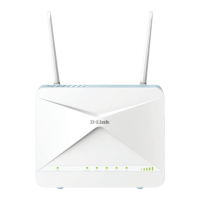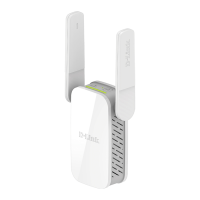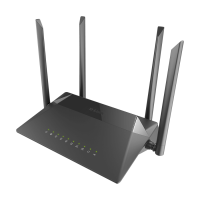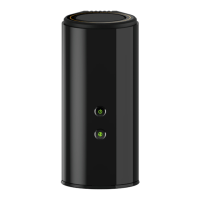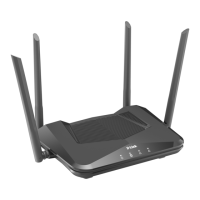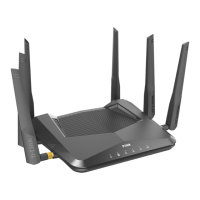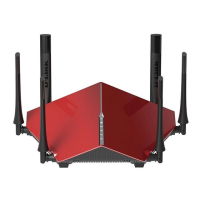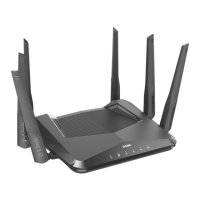7
6
Installation Considerations
Keep in mind, that the number, thickness and location of walls, ceilings, or other objects
that the wireless signals must pass through, may limit the range. Typical ranges vary
depending on the types of materials and background RF (radio frequency) noise in
your home or business. The key to maximizing wireless range is to follow these basic
guidelines:
Wireless Basics (continued)
Keep the number of walls and ceilings between the DWL-G730AP and other
network devices to a minimum - each wall or ceiling can reduce your DWL-
G730AP’s range from 3-90 feet (1-30 meters.) Position your devices so that
the number of walls or ceilings is minimized.
Be aware of the direct line between network devices. A wall that is 1.5 feet thick
(.5 meters), at a 45-degree angle appears to be almost 3 feet (1 meter) thick.
At a 2-degree angle it looks over 42 feet (14 meters) thick! Position devices
so that the signal will travel straight through a wall or ceiling (instead of at an
angle) for better reception.
2
Building materials can impede the wireless signal - a solid metal door or
aluminum studs may have a negative effect on range. Try to position wireless
devices and computers with wireless adapters so that the signal passes
through drywall or open doorways and not other materials.
3
Keep your product away (at least 3-6 feet or 1-2 meters) from electrical devices
or appliances that generate RF noise.
4
1

